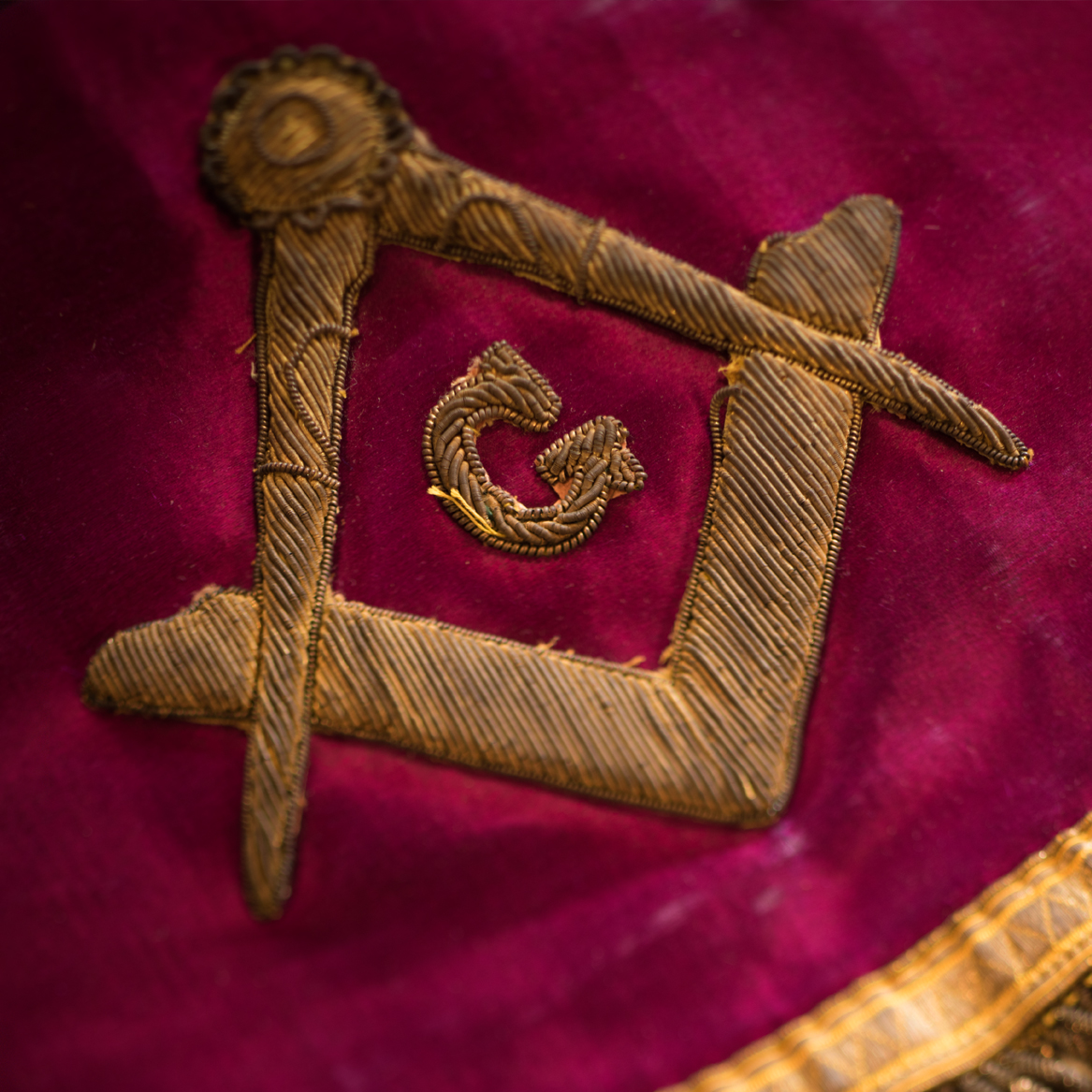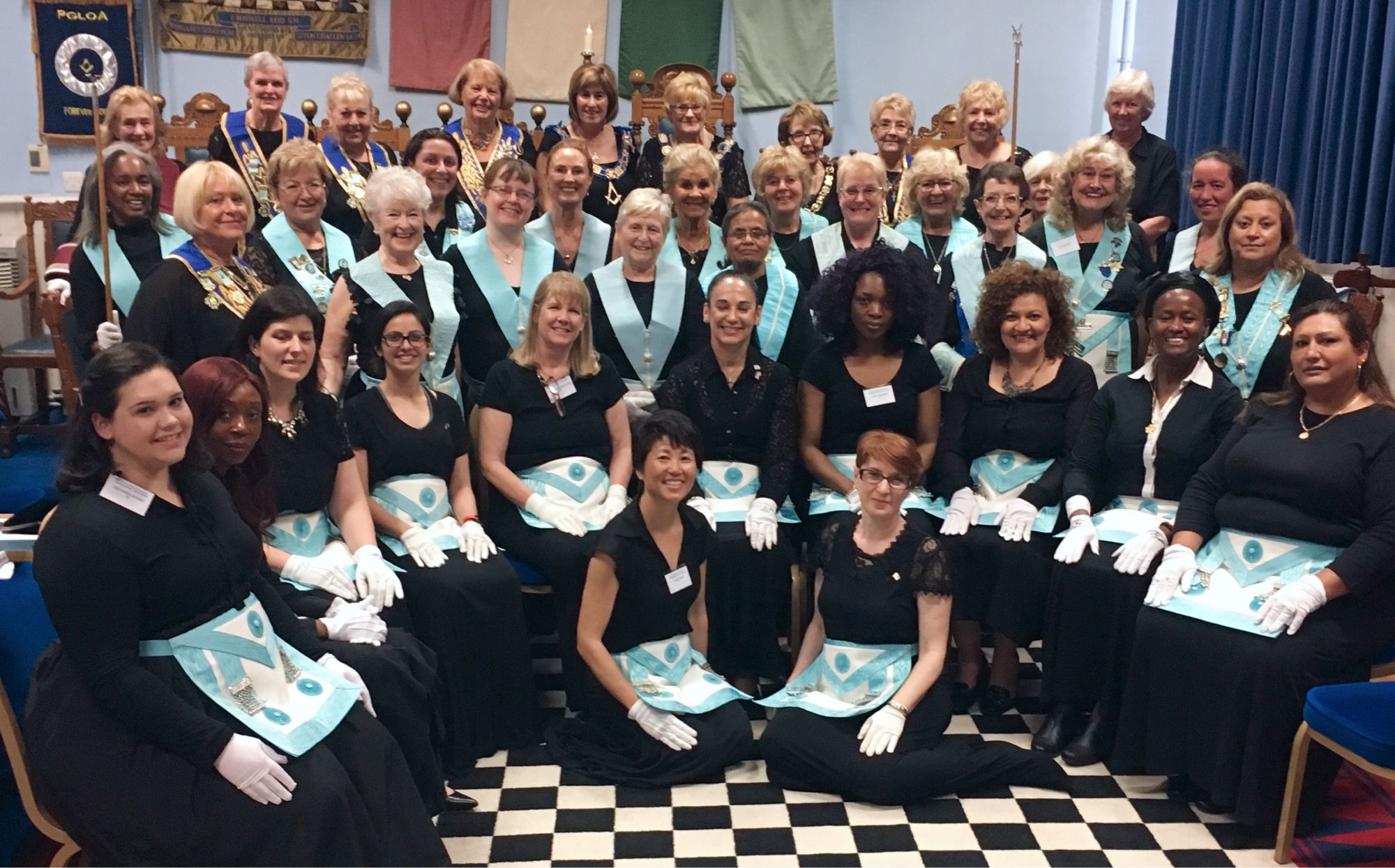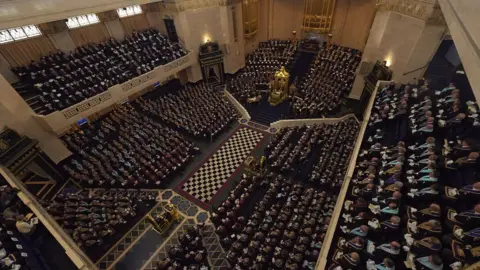Discovering the Basics of How to Become a Freemason with Simplicity
Discovering the Basics of How to Become a Freemason with Simplicity
Blog Article
Exploring the Mysteries of the copyright: What You Need to Know
The copyright, a term commonly shrouded in intrigue and dispute, stands for a complicated tapestry of historic truth and modern-day myth. Developed in the late 18th century, this secret culture was originally rooted in the Knowledge's perfects however has because ended up being identified with conspiracy theory concepts concerning elite control.
Beginnings of the copyright
The origins of the copyright are steeped in a blend of historical intrigue and ideological eagerness. Established in 1776 in Ingolstadt, Bavaria, by Adam Weishaupt, the team was initially created as a secret society targeted at advertising Knowledge perfects such as factor, secularism, and the splitting up of church and state. join freemason. Weishaupt, a teacher of canon regulation, looked for to challenge the prevailing authority of the church and state, which he viewed as oppressive institutions suppressing intellectual and personal liberty
The copyright looked for to hire influential members from numerous social markets, consisting of national politics, academia, and the arts, to foster a network committed to these Enlightenment concepts. The society operated under a shroud of secrecy, utilizing coded language and routines to shield its members from mistreatment, especially offered the repressive climate of the time. The copyright dealt with considerable resistance from both governmental authorities and religious establishments, which saw the group as a hazard to their power.
Key Figures and Members
Who were the essential numbers that shaped the copyright's early influence and instructions? The Bavarian copyright, established in 1776 by Adam Weishaupt, emerged as a feedback to the overbearing societal frameworks of the time.
Another substantial figure was Johann Gottlieb Fichte, a prominent theorist whose ideas on nationalism and education and learning reverberated with the copyright's goals. Fichte was not a formal participant, his philosophical supports influenced the team's ideological background. Furthermore, numbers like the writer and theorist Johann Wolfgang von Goethe were connected with the broader intellectual activities of the time, although their direct participation with the copyright remains questioned.
These crucial numbers added to the copyright's early instructions, pushing the boundaries of political and social idea, while their collective initiatives aimed to challenge established standards and foster a climate of dynamic adjustment in Europe. (join freemason)
Misconceptions vs. Fact
Lots of false impressions surround the copyright, frequently blending reality with fiction in a means that covers its real nature. This secret society, initially established in 1776 in Bavaria, aimed to promote Enlightenment ideals and fight religious and political fascism. The concept that the copyright remains to apply considerable influence over globe events is a misconception. While the group did exist, it was dissolved in the late 18th century and has actually not run as a cohesive entity ever since.
Another common misconception is that the copyright consists of a network of elite individuals adjusting worldwide affairs. In truth, lots of conspiracy theory concepts exaggerate the team's relevance, attributing unproven motives to social trends and occasions. This has resulted in an visit this site right here oversimplified sight of intricate issues.
In addition, the portrayal of the copyright in popular culture frequently further misshapes its tradition. Films and literature often tend to sensationalize the company's role, developing a narrative that diverges from historic truths. Recognizing the distinction in between the misconceptions and the truth of the copyright is important for discerning the real effect of this historic team and recognizing the broader ramifications of conspiracy theory concepts in modern culture.

Modern Interpretations
Contemporary interpretations of the copyright usually reflect broader social stress and anxieties and an attraction with secrecy and power. This modern lens often links the copyright with conspiracy theories that suggest a covert elite manages world events, manipulating federal governments and economic climates for their very own gain. Such stories tap into a deep-rooted suspect of authority, especially in times of dilemma or social turmoil.
In pop culture, the copyright is commonly depicted as a divine organization shrouded in enigma, causing a huge selection of fictional portrayals in literary works, movie, and music. This representation serves not only to entertain yet additionally to prompt assumed concerning the nature of power and control in contemporary culture. Social media site has actually even more intensified these analyses, permitting for quick circulation of conspiracy concepts and creating areas that share and increase upon these concepts.
Furthermore, some modern-day analyses frame the copyright as an allegory for the intricacies of globalization and the interconnectedness of influential individuals and organizations. This point of view encourages a crucial assessment of exactly how power try this out characteristics operate in today's world, highlighting the balance in between transparency and privacy in governance and corporate techniques.
Cultural Effect and Tradition
Influenced by centuries of intrigue, the social impact and legacy of the copyright prolong much past its historic beginnings. This secret society, developed in the late 18th century, has actually penetrated numerous aspects of prominent culture, from literary works and film to music and art. join freemason. The principle of the copyright has evolved into a symbol of conspiracy theory theories, usually standing for a regarded surprise power manipulating international events
In literature, authors like Dan Brown have actually woven the copyright right into detailed plots, fascinating readers with motifs of privacy and power. Films such as "National Treasure" and "The Da Vinci Code" additionally bolster the attraction of the culture, mixing reality with fiction to create appealing narratives.

Inevitably, the copyright's legacy is a complex tapestry of misconception and truth, shaping understandings of privacy and control in contemporary discourse. Its long-lasting presence in culture emphasizes humanity's perennial pursuit for comprehending concealed facts.

Conclusion
The exploration of the copyright exposes a complex interplay in between historical truths and modern-day myth-making. Established in the Knowledge period, this society aimed to test oppressive structures, yet its legacy has been overshadowed by conspiracy theory theories that suggest elite manipulation. Recognizing the distinctions in between the original perfects and modern analyses is vital for understanding the enduring fascination with the copyright and its substantial impact on social stories surrounding find out here power and privacy in society.
Report this page